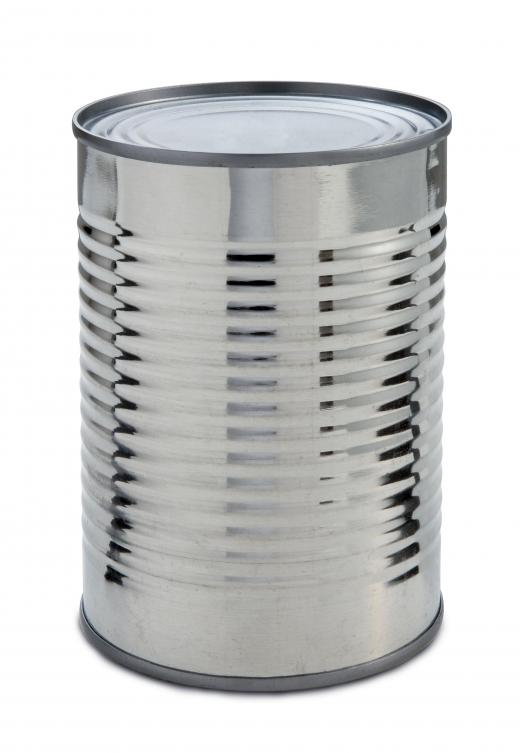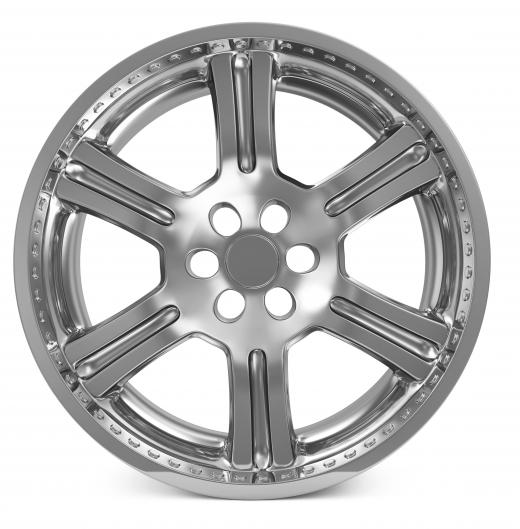Anyone who has purchased inexpensive jewelry with a fine coating of precious metal has witnessed the end result of electroplating. It's an electrochemical reaction used to put a fine metallic coating on an object. Aside from making jewelry, this process has important uses in the automotive industry for chrome plating, and in the electronics industry for optics and sensors.
The process of electroplating (also referred to as electrodeposition) is fairly simple. To start, a negative charge is placed on the object that will be coated. The object is then immersed in a salt solution of the metal that will be used to plate the object. From there, it's simply a matter of attraction; the metallic ions of the salt are positively charged and are attracted to the negatively charged object. Once they connect, the positively charged ions revert back to their metallic form again, resulting in a newly electroplated object.

Controlling the thickness of the plating is generally achieved by altering the time the object spends in the salt solution. The longer it remains inside the bath, the thicker the shell becomes. Of course, there must also be an adequate amount of metallic ions in the bath to continue coating the object. The shape of the object will also have an effect on the thickness, and sharp corners will be plated thicker than recessed areas. This is due to the electric current in the bath and how it flows more densely around corners.

Before electroplating an object, it must be cleaned thoroughly and all blemishes and scratches should be polished. As mentioned, recessed areas will plate less than sharp corners, so a scratch will become more prominent rather than being smoothed over by the plated material.
The process was developed at the beginning of the 20th century and continues to evolve today. Many common objects such as tin cans are actually electroplated steel with a protective layer of tin. Medical science has experimented with the technique as well to create synthetic joints with plated coatings, and new advances in electronics have been made with electroplated materials.
